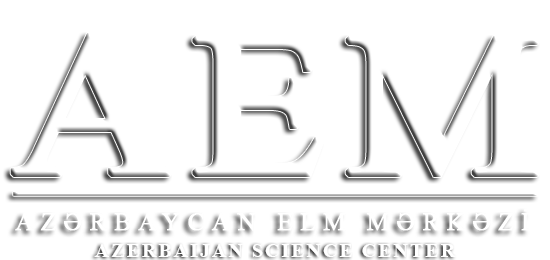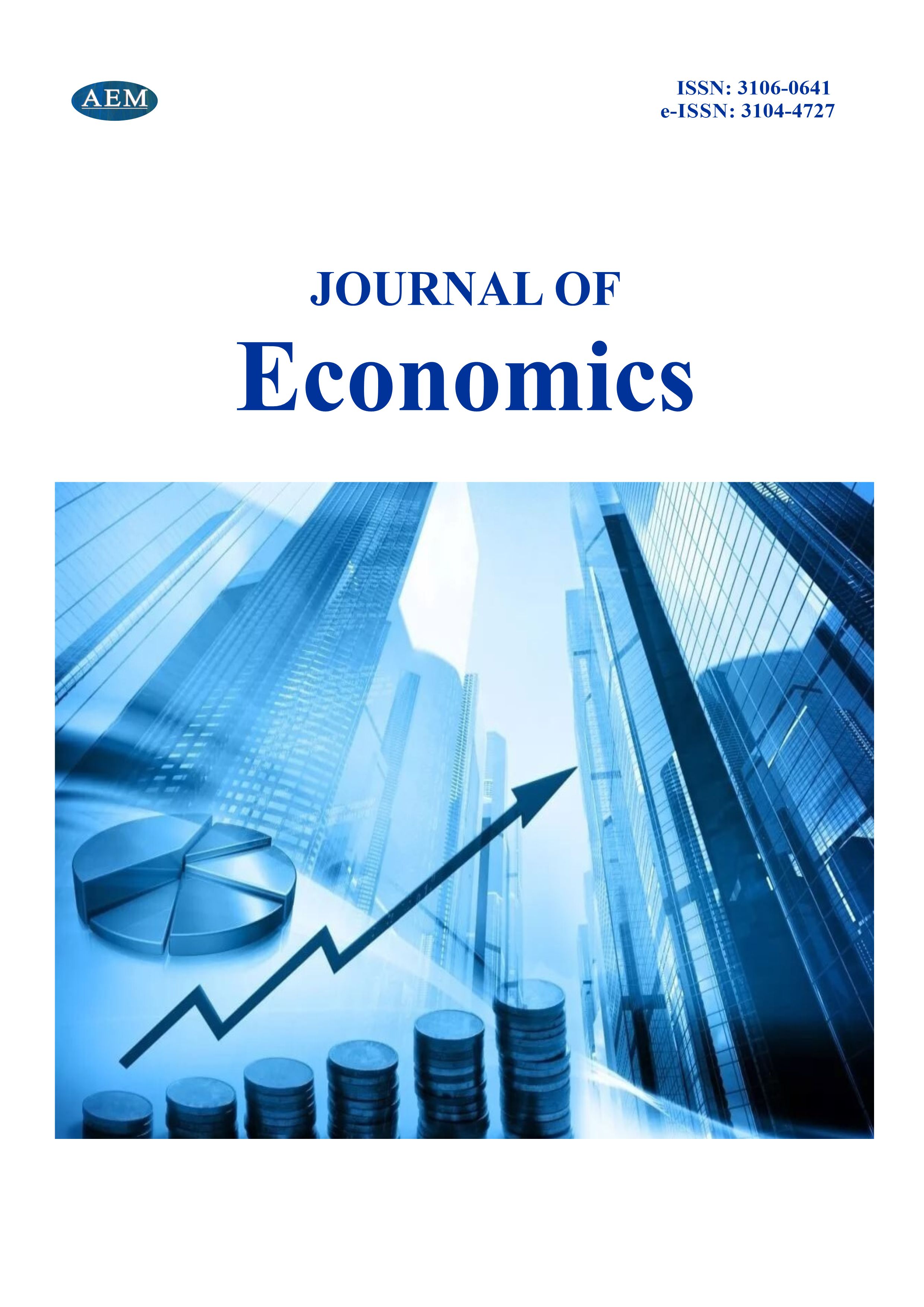DOI https://doi.org/10.36719/3104-4727/3/25-32
Emil Mammadli
Azerbaijan State Oil and Industry University
https://orcid.org/0009-0008-4257-0462
emilmammadli54@gmail.com
Development of Research on Groundwater Pollution and Economic
Protection During Well Construction
Abstract
The polluting properties of the drilling mud are determined by the mineralogical composition of the drilled rock and the remaining drilling mud residues. Analysis of the phase, fraction and component composition of the mud, as well as its physicochemical properties, shows that due to the adsorption of chemical reagents used to clean the drilling mud on the surface of the mud particles, it exhibits obvious polluting properties. Thus, its composition includes a significant amount of oil and oil products, organic substances hazardous to the natural environment, and soluble mineral salts toxic to soil and vegetation. Thus, it can be concluded that drilling waste is dangerous for the natural environment, since it contains a large number of pollutants. In this regard, it is impossible to give a completely unambiguous description of the processes occurring in the natural environment associated with its pollution during well drilling and to assess the consequences of this negative impact.
This pollution leads to not only ecological, but also economic consequences. Modern technologies and protective measures applied to prevent pollution during well drilling also require efficiency from an economic point of view. It is important to develop innovative methods to reduce and manage groundwater pollution, as well as to assess the economic efficiency of these methods. Compliance with environmental restrictions, waste reduction and effective resource management in the oil and gas sector affect production costs. In addition, economic analysis of pollution risks and development of appropriate compensation mechanisms allow for the preservation of environmental and economic balance in this area.
Keywords: drilling mud, environmental impact, economic efficiency, protection measures, environmental and economic balance, innovative methods

